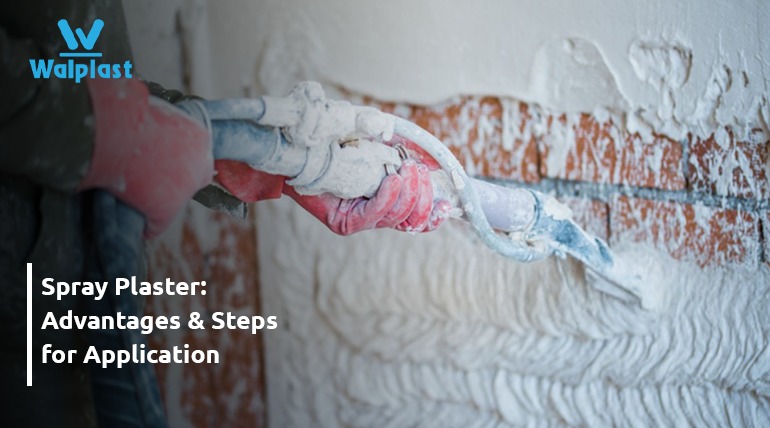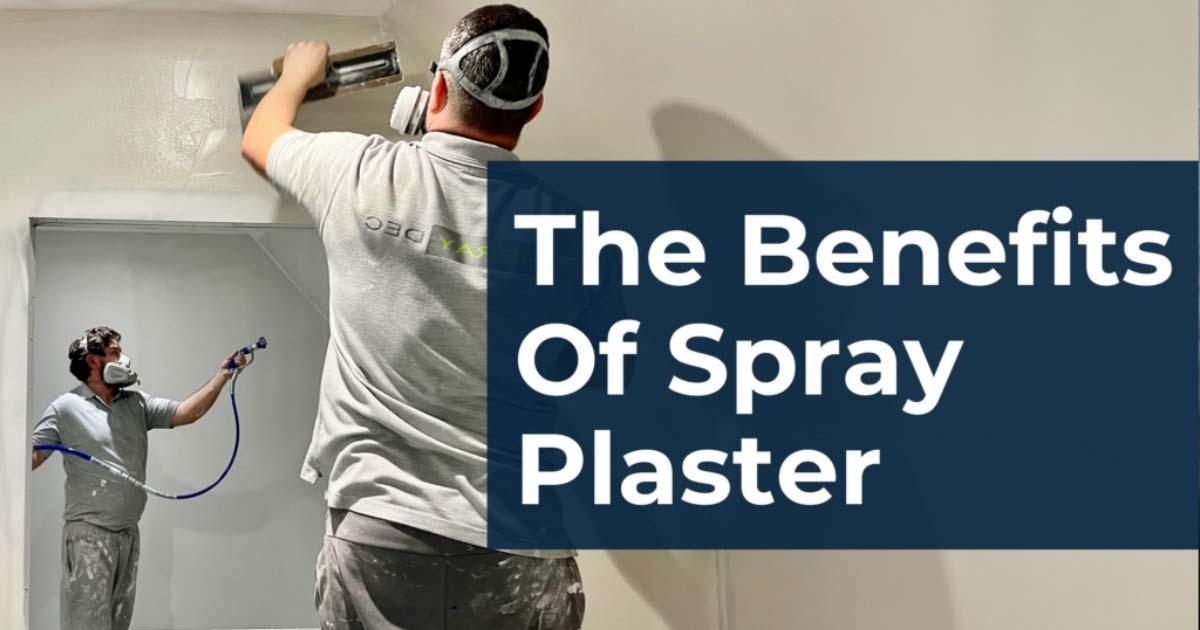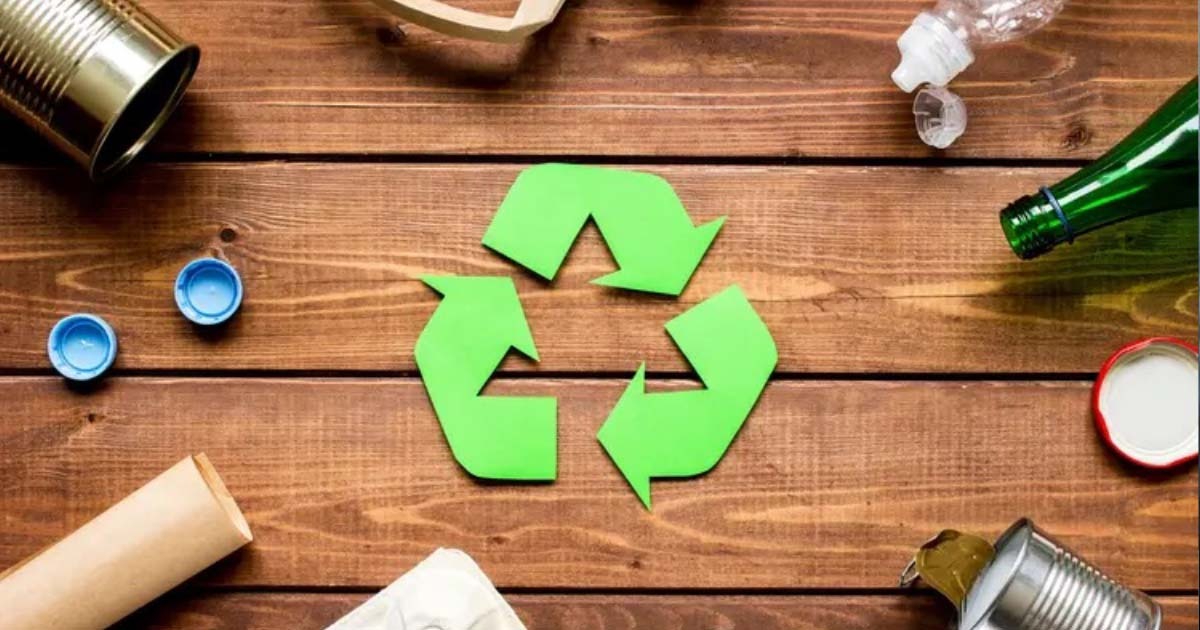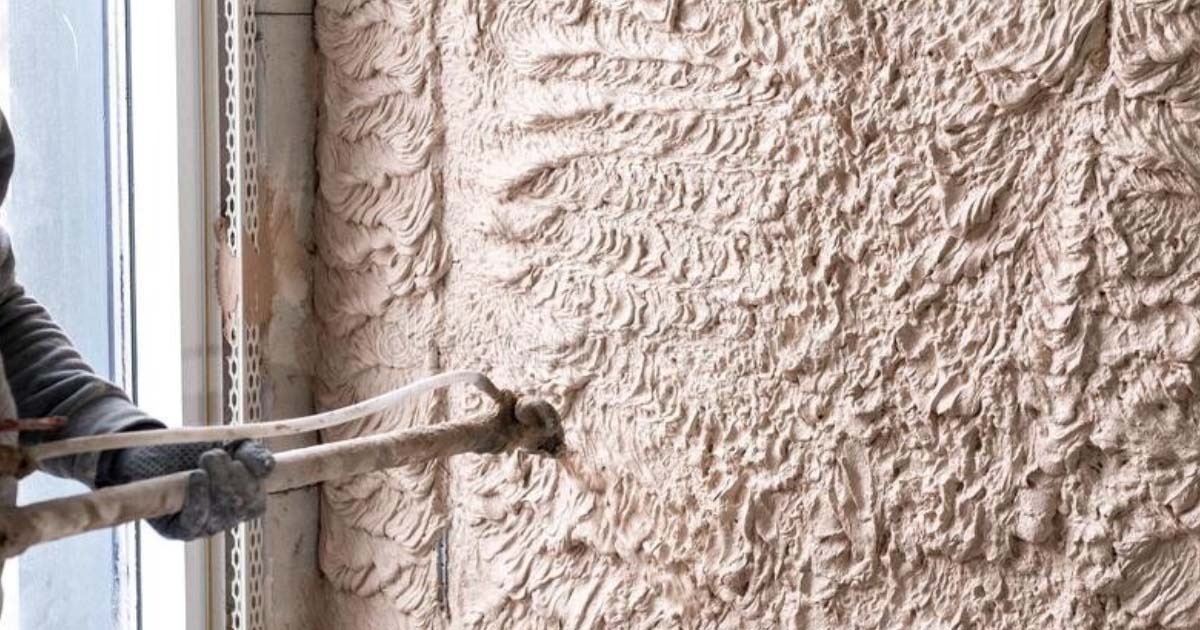
What is Spray Plaster?
Spray Plaster is a polymer-modified, ready-to-use plaster designed to provide a plastered finish on internal and external surfaces with a very strong bond to the substrate. It ensures excellent adhesion to walls and ceilings, offering water resistance, zero rebound loss, crack-free sprayable workability, and enhanced durability. Its special formulation enables machine spray application, significantly reducing application costs. Spray plaster provides a high-quality, smooth, and inert surface suitable for painting and other finishes while enhancing construction speed, minimizing waste, and reducing labour requirements.
Traditional vs. Spray Plastering
Traditional plastering involves manually mixing plaster powder with water, applying it using a hawk and trowel, and carefully smoothing the surface. While effective, this method is labour-intensive and time-consuming. In contrast, spray plaster uses a machine pre-mixed material applied via a specialized machine, ensuring automatic uniform mixing inside the spray machine and smooth application and efficiency. This method applies to various surfaces, including brick, concrete, drywall, and etc making it ideal for both residential, commercial, and other construction projects.
Advantages of Spray Plaster

1. Time Efficiency
Spray plastering speeds up the application process 3 to 10 times, covering large areas in significantly less time compared to traditional methods, making it ideal for large-scale projects and time-sensitive work.
2. Consistency and Precision
This technique ensures a smooth, lasting strong finish with minimal imperfections. The pre-mixed material maintains uniform texture and solidity.
3. Versatility
Spray plaster can be applied on every surface (where cement plaster can be done), including walls, ceilings, curved structures, and over existing plaster. It is suitable for both interior and exterior applications.
4. Reduced Material Waste

Unlike conventional methods where significant amounts of plaster are wasted during mixing and application, spray plaster systems minimize waste. Excess material can be reused, making the process more environmentally friendly. It has almost zero rebound loss.
5. Durability
The uniform application ensures strong adhesion to surfaces, preventing cracking, peeling, and shrinkage. Compared to ordinary plaster, it offers a longer-lasting finish ideal for painting or decorative treatments. Its superior compaction, precise mixing, and high-pressure application make it extremely durable and long-lasting.
6. Reduced Labor Dependency & Cost-Effectiveness
Spray plastering requires fewer skilled workers compared to conventional methods. The machine handles all the mixing and spray applications, reducing the need for manual labour. This results in lower labour costs and faster project completion. It also saves time, ensures a crack-free finish that requires no repairs, enhances durability with minimal maintenance, and reduces material wastage, resulting in less housekeeping.
7. Easy to Apply and Shape
The spray application process ensures uniform access even in hard-to-reach areas, around corners, and over complex architectural features. The material remains workable for an extended period, allowing for easy levelling and shaping before it sets. This ease of application reduces effort while ensuring a smooth, high-quality finish.
Steps for Successful Spray Plastering

Surface Preparation
- Remove loose particles, dirt, grease, and foreign materials by mechanical method.
- For uneven or loose plaster areas, remove the defective material and clean the surface.
- Ensure the substrate is damp i.e. saturated surface dry (SSD) before application, removing excess water.
Mixing Process
• 150-250 ml of clean water is required per 1 kg of Spray Plaster.
• Mixing is done automatically in the machine.
• Use clean tools and water to prevent contamination from previous mixes.
• Clean the machine thoroughly, ensuring hoses, rotors, stators, and mixing hoppers are free of residue.
• Maintain the water-to-plaster ratio for an optimal mix.
Application Process
• Spray plaster can be applied directly on brick, AAC blocks, and concrete walls.
• Use an appropriate plastering machine to apply an even coat.
• Level the surface using a float and straight edge to achieve a smooth finish.
• Apply an aluminum level patty from bottom to top and side to side for uniformity.
• The maximum thickness for the first coat should not exceed 10-12 mm.
• Start curing 24 hours after application, 2-3 times a day for 7 days.
• Wear safety gear while handling the material.
Spray Plastering Equipment Preparation
• Assemble the machine as per manufacturer instructions.
• Prime the system by running plaster through it to eliminate air bubbles.
Spray Testing and Application
• Test the spray pattern on a small area to adjust nozzle settings.
• Maintain a consistent distance and angle for uniform application. (training recommended)
• Apply thin, even coats in overlapping sections.
• Finish the plastering by levelling the surface using a trowel or blade after spraying.
Drying and Finishing
• Allow the plaster to dry completely per manufacturer recommendations.
• Ensure adequate ventilation for proper drying.
• Once dry, proceed with painting or decorative finishes.
Conclusion
HomeSure WallEX Spray Plaster is an excellent revolutionary ready-to-use plaster for both internal and external surfaces, offering superior results with minimal effort. By choosing spray plastering, you enhance efficiency, ensure quality finishes, and reduce construction time and costs.
